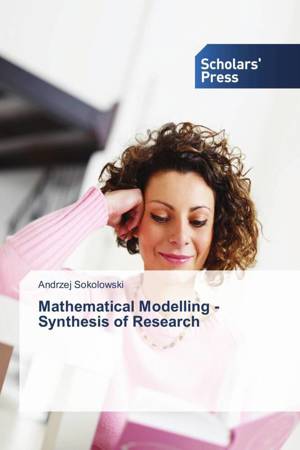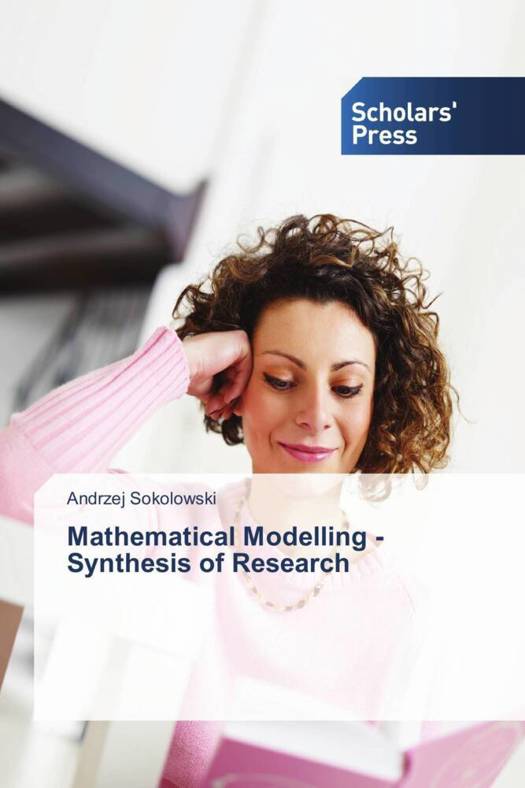
- Afhalen na 1 uur in een winkel met voorraad
- Gratis thuislevering in België vanaf € 30
- Ruim aanbod met 7 miljoen producten
- Afhalen na 1 uur in een winkel met voorraad
- Gratis thuislevering in België vanaf € 30
- Ruim aanbod met 7 miljoen producten
Zoeken
€ 45,45
+ 90 punten
Omschrijving
In the growing trend of using mathematics, science, and technology in everyday life, mathematical modelling has become a leading learning and teaching method. Over the years, the descriptions of mathematical modeling have undergone many modifications, ranging from deductively situated authentic problem modeling activities seeking unique solutions to inductively organized inquiries leading students to find general patterns and express the patterns using the tools of mathematics. Since problem solving includes scientific contexts, the question that emerged was if the methods of scientific inquiry, mathematical modelling, and problem solving can be merged to generate coherent problem solving strategies that students could use in mathematics and in other subjects. The synthesis of qualitative research on mathematical modelling presented in this book attempts to answer this question.
Specificaties
Betrokkenen
- Auteur(s):
- Uitgeverij:
Inhoud
- Aantal bladzijden:
- 52
- Taal:
- Engels
Eigenschappen
- Productcode (EAN):
- 9783639762891
- Uitvoering:
- Paperback
- Afmetingen:
- 150 mm x 220 mm

Alleen bij Standaard Boekhandel
+ 90 punten op je klantenkaart van Standaard Boekhandel
Beoordelingen
We publiceren alleen reviews die voldoen aan de voorwaarden voor reviews. Bekijk onze voorwaarden voor reviews.








